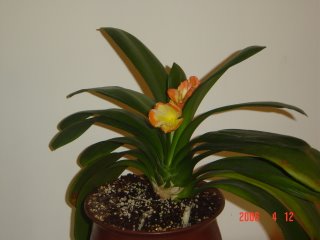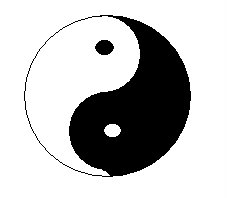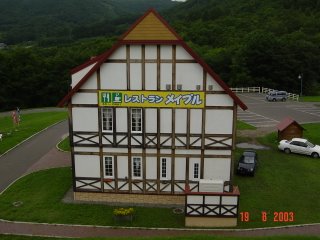
photo taken by Gogo Tsang

This photo was taken at the Confucian Temple at Beijing.
Can you see a man practising Standing Exercise in the picture?
Standing Exercise is one of the core exercises of internal martial arts. A practitioner stands in a particular posture and does not move for the whole training session.
The purpose of the Standing Exercise is to enable a practitioner to "get back to the origin".
It is said that when we were at the infant stage, our whole body moved coherently. This was an inborn ability. However, in order to learn those civilised acts such as walking and writing, we learned to use our muscles, joints, etc., separately and independently. In order to do so, we let some of the "useless parts" of our body "sleep" such that they would not hinder the effectiveness of the "useful parts". From then onwards, we lost our ability to exercise coherent bodily force. Through the Standing Exercise, an internal martial artist calls up the "sleeping parts"of his body.
"Absolute stillness gives birth to motion" is the key behind the Exercise. The main purpose of the Standing Exercise is to call up the sleeping parts of the body and not, as some misinformed persons believe, a training of leg muscles - to get a firm "horse stance".
After working through the preliminary training, a practitioner should have a different feeling of his body. It is not unusual to feel "chi" coming out from the finger-tips when doing exercises. He becomes more energetic and healthy. This is an indication that some of the sleeping parts in the body have been awakened.
The next step forward is to:
1. Call up the balance of the sleeping parts, enhance the awakened muscles and joints; and
2. Learn how to transfer, in motion, the power acquired from the Standing Exercise.
For (1), the practitioner will undergo another set of exercises. Part of these exercises focus on training of the back muscles. A normal person has no or little control over the back muscles. Through the training, a practitioner will learn how to control the back muscles and to build up an uninterrupted power channel from the waist through the back to the shoulders.
For (2), it is achieved through forms and various specially designed moving exercises. Through these exercises, a practitioner is trained to coordinate movements with breathing, to enable transmission of power at will. A serious taiji practitioner will proceed to loosen up the 9 principal joints at this stage (this however, is performed by the teacher and, cannot be done solely by self training).
After calling up the "sleeping parts", a practitioner can, and it is only then, start learning various application techniques.
One has to note that before the "sleeping parts" are activated, there is no point learning advanced moving exercises and application techniques. Otherwise, all these moving exercises are useless "empty forms" and all those application techniques are simply impracticable.
(Links to
Part II and
Part III)
(see also
Episode Five for
Stillness in Movement)





























